
Integrated Pest Strategies for Thriving Lawns
It’s frustrating to see your efforts go to waste when pests wreak havoc on your lawn. But fear not because

It’s frustrating to see your efforts go to waste when pests wreak havoc on your lawn. But fear not because
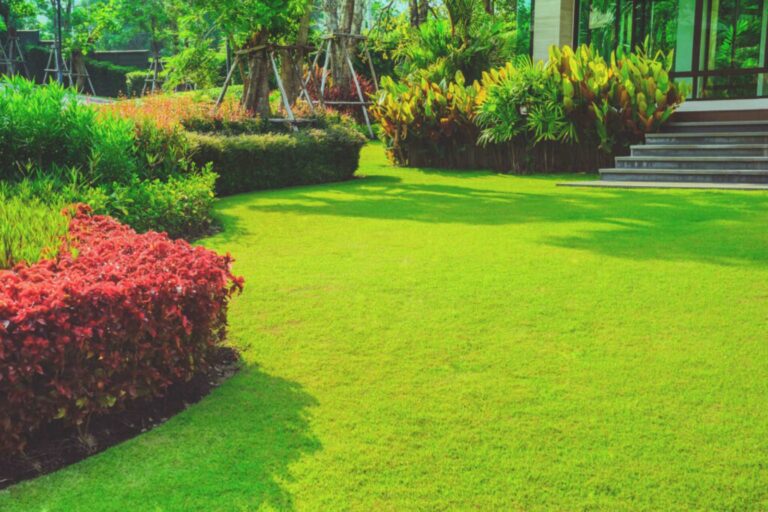
Imagine your lawn as a delicate ecosystem where every blade of grass plays a crucial role in maintaining its health
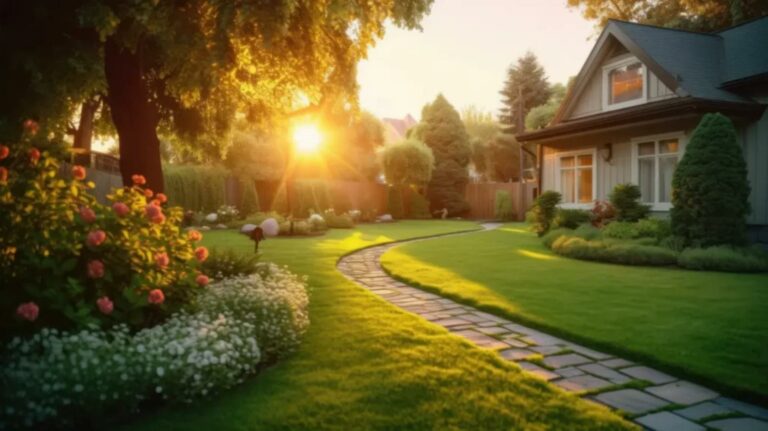
If you’ve ever felt like your lawn is playing host to an unwanted party of uninvited guests, then you know

Are you torn between keeping your lawn lush and green and ensuring your furry friends’ safety? Maintaining a pet-friendly lawn
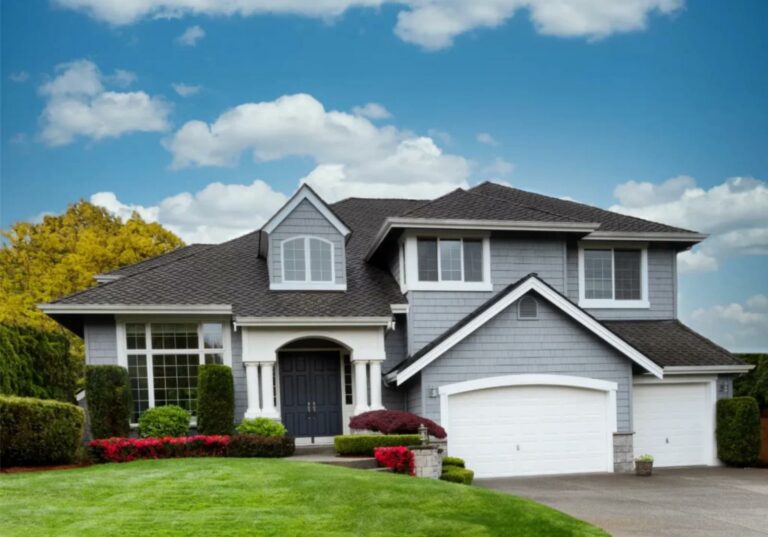
If you’ve ever wondered when to fertilize your lawn in Michigan, you’re not alone. Finding the optimal lawn fertilization schedule
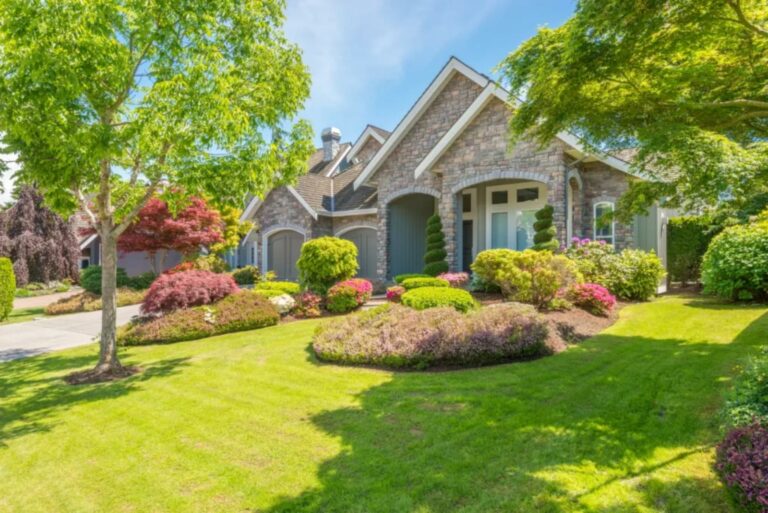
Your lawn is like a canvas, and lawn grubs are the unwanted artists that can leave behind a mess. But
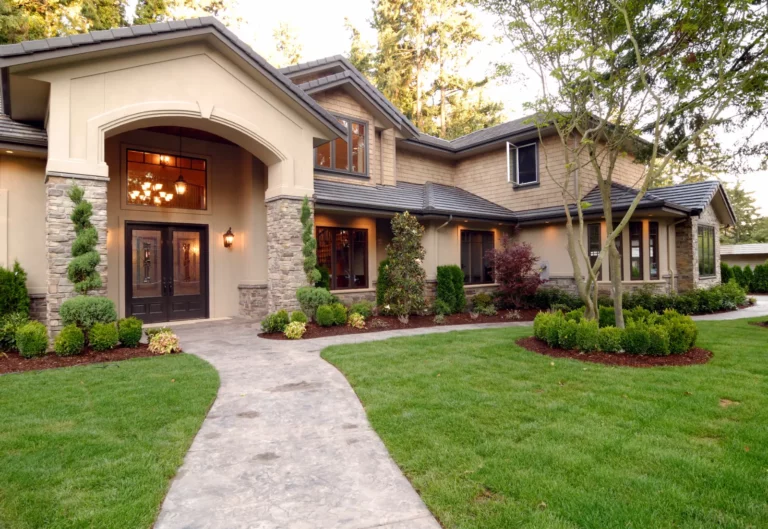
Tired of nurturing your lush, green lawn only to have it ruined by pesky grubs? You’re not alone. Michigan yards
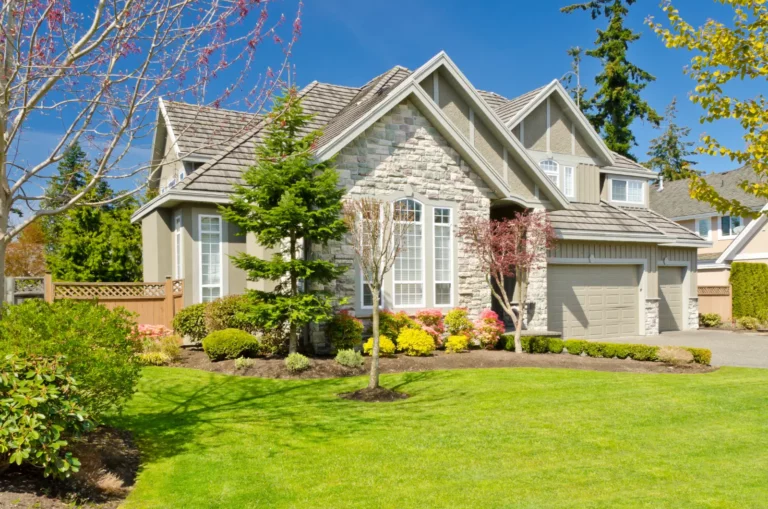
Dealing with lawn grubs can be a real headache, especially when you consider that these pesky little creatures can cause
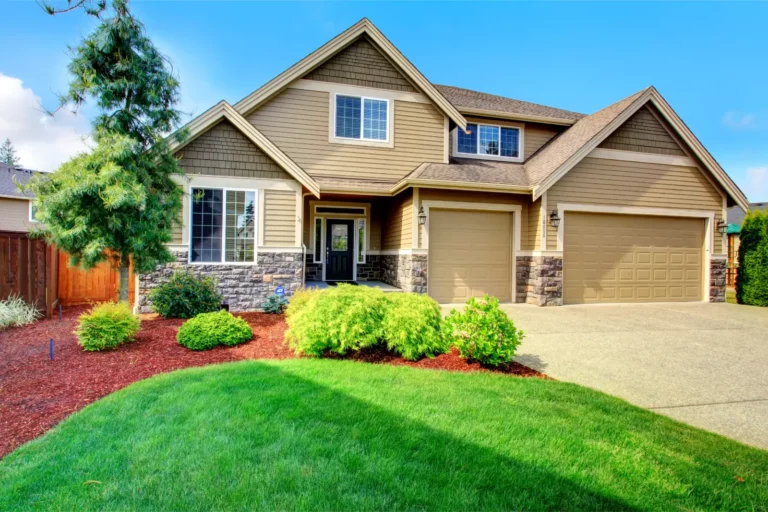
You’ve spent countless hours nurturing your lawn, only to find it plagued by disease. It’s frustrating, and you’re not alone.
© 2024 MJR Landscape, All Rights Reserved